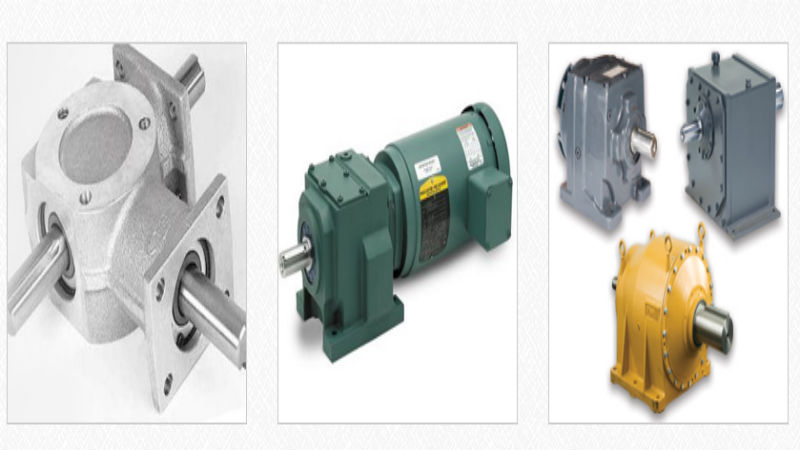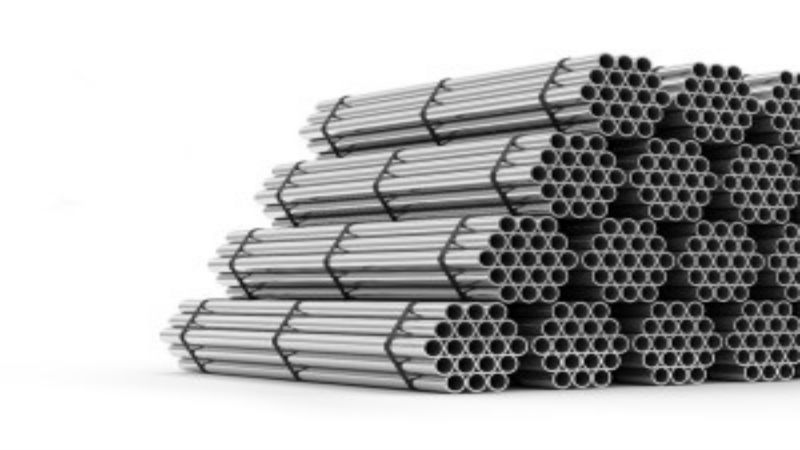When the time comes to purchase a new fall protection harness, it can be difficult knowing how to choose the right one. There are so many different options, which makes the whole process somewhat overwhelming. However, once you have a little more information, you will be able to choose the right harness to keep you safe on any job.
Why You Need a Harness
First of all, you need to determine the use of the harness you need. This step is the easiest because you have a specific job requiring a fall protection harness. The most common applications for a safety harness include:
- Construction Worker
- Arborist
- Tower Climber
- Solar Engineer
- Wind Turbine Climber
Once you have narrowed your need for a harness down to your specific field, it is time to think about your specific type of job. Some jobs the require specialized safety equipment include:
- Rescue
- Welding
- Rope Access
Hardware
You have two primary options for hardware material. The D-rings are typically made from either aluminum or steel. While steel may cost less, it weighs more. This may be a problem if you have to stay below a specific weight limit.
Aluminum is a bit more expensive but lighter. Aluminum hardware is subjected to the same rigorous testing as steel, so strength is not an issue.
Depending on your specific needs, you want a fall protection harness with one to six D-rings. For example, if you use a positioning lanyard, you will need one on each hip. For climbing towers, you need six D-rings and one to three for construction work.
Connection Points
A harness has three connection point types, which include tongue buckle, pass-through buckle and quick connect buckle. All of these points function to secure the harness and must meet the exact same requirements. The type you choose will depend on price, convenience level, and personal preference.
Before choosing a fall protection harness, be sure that all the certifications you need are met. With a little research, you should be able to determine the standards required for your specific job.








